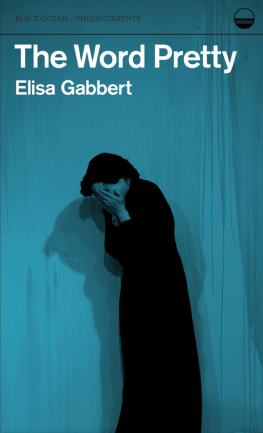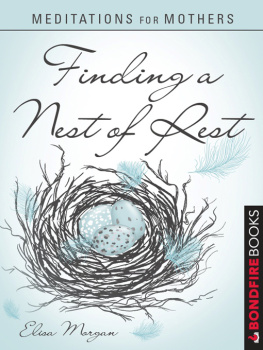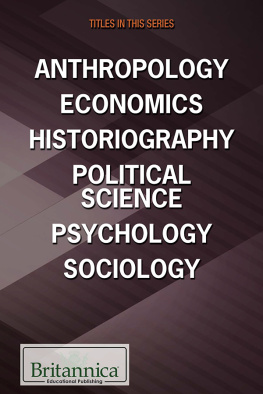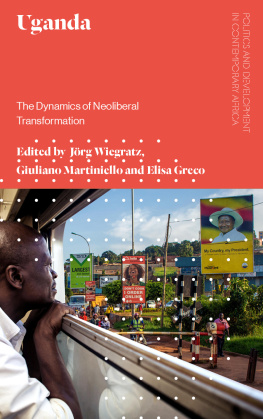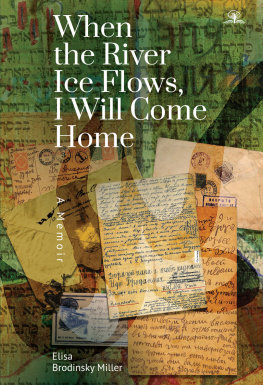Elisa Gabbert - The Unreality of Memory
Here you can read online Elisa Gabbert - The Unreality of Memory full text of the book (entire story) in english for free. Download pdf and epub, get meaning, cover and reviews about this ebook. publisher: Farrar, Straus and Giroux, genre: History. Description of the work, (preface) as well as reviews are available. Best literature library LitArk.com created for fans of good reading and offers a wide selection of genres:
Romance novel
Science fiction
Adventure
Detective
Science
History
Home and family
Prose
Art
Politics
Computer
Non-fiction
Religion
Business
Children
Humor
Choose a favorite category and find really read worthwhile books. Enjoy immersion in the world of imagination, feel the emotions of the characters or learn something new for yourself, make an fascinating discovery.

- Book:The Unreality of Memory
- Author:
- Publisher:Farrar, Straus and Giroux
- Genre:
- Rating:5 / 5
- Favourites:Add to favourites
- Your mark:
- 100
- 1
- 2
- 3
- 4
- 5
The Unreality of Memory: summary, description and annotation
We offer to read an annotation, description, summary or preface (depends on what the author of the book "The Unreality of Memory" wrote himself). If you haven't found the necessary information about the book — write in the comments, we will try to find it.
The Unreality of Memory — read online for free the complete book (whole text) full work
Below is the text of the book, divided by pages. System saving the place of the last page read, allows you to conveniently read the book "The Unreality of Memory" online for free, without having to search again every time where you left off. Put a bookmark, and you can go to the page where you finished reading at any time.
Font size:
Interval:
Bookmark:


The author and publisher have provided this e-book to you for your personal use only. You may not make this e-book publicly available in any way. Copyright infringement is against the law. If you believe the copy of this e-book you are reading infringes on the authors copyright, please notify the publisher at: us.macmillanusa.com/piracy.
For J
Let the disaster speak in you, even if it be by your forgetfulness or silence.
MAURICE BLANCHOT, The Writing of the Disaster
With the inflation of apocalyptic rhetoric has come the increasing unreality of the apocalypse. A permanent modern scenario: apocalypse looms and it doesnt occur. And it still looms.
SUSAN SONTAG, AIDS and Its Metaphors
A couple of years ago, distracting myself at work, I saw a link on Twitter to a YouTube video that caught my attention. It was a computer-animated re-creation of the sinking of the Titanic in real time, all two hours and forty minutes of it. I did not watch the whole video, but I skipped around and watched parts, interested especially in the few interior views, where you can watch the water level slowly rising at an anglesince the ship pitched forward as it sankin the white-painted hallways of the lower decks, and later, in the ballroom and grand staircase, as wicker chairs bob around.
The strangest thing about the video is that it includes no peopleno cartoon passengers. There is no violin music, no voice-over. The ship is lit up, glowing yellow in the night, but the only sound, apart from a few emergency flares and engine explosions, is of water sloshing into and against the ship. The overall impression is of near silence. Its almost soothing.
This is true until the last few minutes of the video, when the half-submerged ship begins to groan and finally cracks in half. Only then, as the lights go out and the steam funnels collapse, do you hear the sound of people screaming, which continues for another thirty seconds after the ship has disappeared. A caption on the screen reads: 2:20Titanic is gone. Rescue does not arrive for another hour and forty minutes. A few lifeboats (empty) are seen floating on the calm black ocean, under a starry sky. Then, another caption: 2:21Titanic is heard beneath the surface breaking apart and imploding as it falls to the sea floor. The video ends on this disturbing note, with no framing narrative to lend a pseudo-happy ending.
At once, I was obsessed with the story of the Titanic. I rewatched the James Cameron movie (which I first saw in high schoolstill ridiculous, still gripping); I read a Beryl Bainbridge novel (Every Man for Himself) based on the night of the sinking, which felt like a novelization of the Cameron movie, though the book predates it, just; I read thousands of words on Wikipedia and what you might call fan sites, if you can be a fan of a disasterlists of facts and conspiracy theories. I watched a documentary (Titanics Final Mystery) about a weird new theory of the root cause of the disaster: One scientist thinks that a sudden and extreme drop in temperature caused a mirage on the horizon that obscured the iceberg from the men in the lookout until they were nearly upon it. The same illusion could explain why a nearby ship, the SS Californian, did not see that the Titanic was clearly in distress. It is, of course, just a theory.
The Hollywood version of the narrative, which puts the blame on hubris, has a lot of pullthe Titanic sank because they dared to call it unsinkable. Its the Icarus interpretation: Blinded by a foolhardy overconfidence, we flew too close to the sun, melting our wings, and so on. Its the easiest explanation, appealing in its simplicity, its mythic aura.
When I ran out of freely available Titanic material, I moved on to other disasters. I had an overwhelming desire for disaster stories, of a particular flavor: I wanted stories about great technological feats meeting their untimely doom. I felt addicted to disbeliefto the catharsis of reality denying my expectations, or verifying my worst fears, in spectacular fashion. The obvious next stop was 9/11.
So far, 9/11 is the singular disaster of my lifetime. People who were in New York City at the time always comment on how beautiful and perfect that September morning was, with infinite visibilitypilots call those conditions severe clear. As I recall, it was a bright blue day in Houston too. I was driving from my apartment to the Rice University campus a couple of miles away when I heard radio reports of a plane hitting one of the Twin Towers. I continued driving to school, parked my car in the stadium lot, and went into the student center, where a few people were watching the news on TV with that air of disbelief that can appear almost casual.
The live footage of a massive steel skyscraper with smoke pluming from a hole in its side was shocking, but I felt it dullyshock in the form of incomprehension, maybe denial. I dont remember truly feeling horrorthat is, understandinguntil people began to jump from the buildings. They were specks against the scale of the towers, filmed from a distance, but you knew what they were. They became known as the jumpers: people trapped in the upper floors of the buildings, above the planes impact and unable to get out, who were driven to such desperation from the extreme heat and lack of oxygen that they broke the thick windows with office furniture and jumped to the pavement hundreds of stories below. Leslie E. Robertson, the lead structural engineer of the towers, later wrote that the temperatures above the impact zones must have been unimaginable. The people nearby, and still in the buildings, could hear the bodies landing.
An Associated Press photo dubbed The Falling Man captures one of these jumpers: a man falling, as if at ease, upside down and in parallel with the vertical grid of the tower. (Its a trick of photography; other photos in the series show him tumbling haphazardly, out of control.) The photo was widely publicized at first but then met with vehement critique. Some people found this particular image too much to take, an insult to their senses. And though the jumps were witnessed by many, the New York City medical examiners office classifies all deaths from the 9/11 attacks as homicides. Of course, the deaths were forced, forced by sufferingbut they were also voluntary. It seems akin to prisoners held in solitary confinement (or otherwise tortured) killing themselvesmurder by suicide.
When I think of the jumpers, I think of two things. I think of images of women covering their mouthsa pure expression of horror. They were caught on film, watching the towers from the streets of Manhattan. I do this sometimeshand up, mouth openwhen I see or read something horrible, even when alone. What is it for? I think, too, of the documentary about Philippe Petit, who tightrope-walked between the tops of the towers in 1974. At the time, they were the second-tallest buildings in the world, having just been surpassed by the Sears Tower in Chicago. It was an exceptionally windy day (its always windy at 1,300 feet) and when a policeman threatened him from the roof of one building, Petit danced and pranced along the rope, to taunt him. This feels like one of the craziest things a man has ever done. For the jumpers, death was not a risk but a certainty; they jumped without thinking. Its more horrible to contemplate than many of the other deaths because we know the jumpers were tortured. Death is more fathomable than torture.
Font size:
Interval:
Bookmark:
Similar books «The Unreality of Memory»
Look at similar books to The Unreality of Memory. We have selected literature similar in name and meaning in the hope of providing readers with more options to find new, interesting, not yet read works.
Discussion, reviews of the book The Unreality of Memory and just readers' own opinions. Leave your comments, write what you think about the work, its meaning or the main characters. Specify what exactly you liked and what you didn't like, and why you think so.

